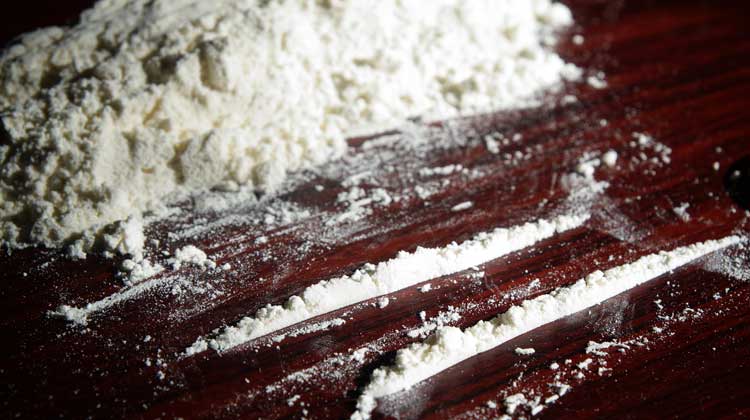
Cocaine drug use remains substantially lower in the United States than that of cannabis and prescription psychotherapeutic drugs. However, cocaine still flows into the United States at an alarming rate.
Rising Production and Exports
A 2017 unclassified report by the Drug Enforcement Agency (DEA) finds that cocaine production in Colombia and the supply of Colombian cocaine in the United States is on the rise. In fact, 92 percent of the cocaine seized in the United States is of Colombian origin. This follows the breakup of the major Colombian drug cartels and the increase of Mexican transnational criminal organizations.
According to the DEA report, there was a 35 percent increase in cocaine production in Colombia between 2015 and 2016. Production rose from 520 metric tons to 710 metric tons in that period. In addition, U.S. Customs and Border Protection data reveal a 20 percent increase of cocaine seizures during that period.
Smuggling Methods
Cocaine grown and processed in Colombia most commonly enters the United States through the Southwest border. When Colombian cocaine reaches Mexico, Mexican transnational criminal organizations smuggle it into the United States by various means, including through tunnels.
Between 1990 and January 2017, 231 tunnels were discovered along the Southwest border. These tunnels often led to safe houses on the U.S. side.
The 2016 Peak
In 2016, seizures of Colombian cocaine reached their highest levels in nine years. Between 2015 and 2016, cocaine seizures rose from 249 metric tons to 323 metric tons.
By the end of 2016, the DEA reported that an estimated 910 metric tons of cocaine was produced in Colombia. Interestingly, it was during this time that a peace accord was reached between the Colombian government and the largest guerilla organization involved in the drug trade, the Revolutionary Armed Forces of Colombia (FARC).
Continue reading here.
Share